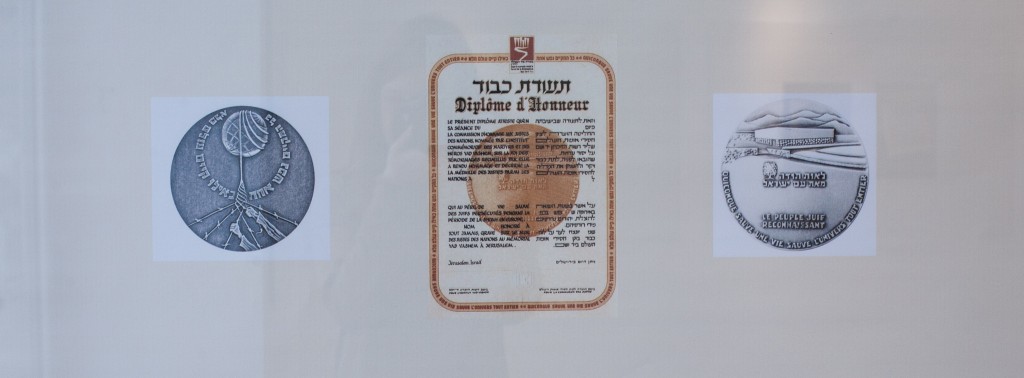Photographs as Witnesses of History
The exhibition entitled ‘The Life of Ileana Čura’, within the ‘Freezing Silence Speaks’ programme that commemorates victims of Novi Sad Raid, was opened in the Art Gallery of the Cultural Centre of Novi Sad. It displays photographs that keep memory and authentic objects of one of the surviving witnesses of tragic events of Novi Sad Raid – Ileana Čura. The exhibition was opened by Aleksandra Mandarić, the advisor to the director of the Cultural Centre of Novi sad and Gordana Todorić, the author of the workshop ‘The Memories of Ileana Čura’.
Citizens that decide to visit the exhibition will be able to see photographs that are a short display of life memories and short reminder of an exciting and eventful life of Ms Čura, who survived the Novi Sad Raid by a stroke of good fortune.
– Here you can see photographs that mark the life of Ms Ileana, whom I had an opportunity to meet last year. The strongest impression during our conversation, for me, was her spirit. The woman who survived that and remained a witness of those events carries in her great love and joy, and she is full of life. It is today that I have seen the photo of the armchair in which she spent that night in 1942, and which is still in her flat, Ileana sits in it and tells about her life. This armchair, one seemingly common object, is actually a witness of history, pointed out Aleksandra Mandarić.
Gordana Todorić said that she is interested in meaning, what this exhibition means for us today and what it could mean in the future, because those parts of private photo archive of fellow citizen Ileana Čura in the ambience of the gallery become, in a way, part of future history of Novi Sad.
– With the willingness to incorporate her intimate ‘I’ into our ‘we’, both current and future, professor Čura reminded us that this ‘we’ was already built in past with personal contributions of Mihailo Polit Desančić, Savka Subotić, Milorad Sazdanić and her other relatives. This pulsation between ‘I’ and ‘we’, which we can also call coexistence, civil consciousness, responsibility towards others or some other way, is basically what makes the essence of a city. If we should learn anything from the life of professor Čura, it is her decision to choose humanity in this interaction between ‘I’ and ‘we’. This word is not modern, with misuse it gets ironic tone, but if we decide to interpret heritage, and setting this exhibition is exactly that, then self-regulation of autopoetic memory of post canon culture, as Jan Assmann says, enables us to realise those aspects of meaning in words such as human, humanity, humanism that would, if we have some faith in language, ensure that the city, the history of which we shape in this very moment, never again becomes the place where these horrific events can happen, events because of which Ileana Čura spent the night between 23 and 24 January in this green armchair waiting for her mother in the parlour, which, just a few years before, a Nobel Prize winner Rabindranath Tagore visited as a guest, added Ms Todorić.
The exhibition lasts until 25 January.
